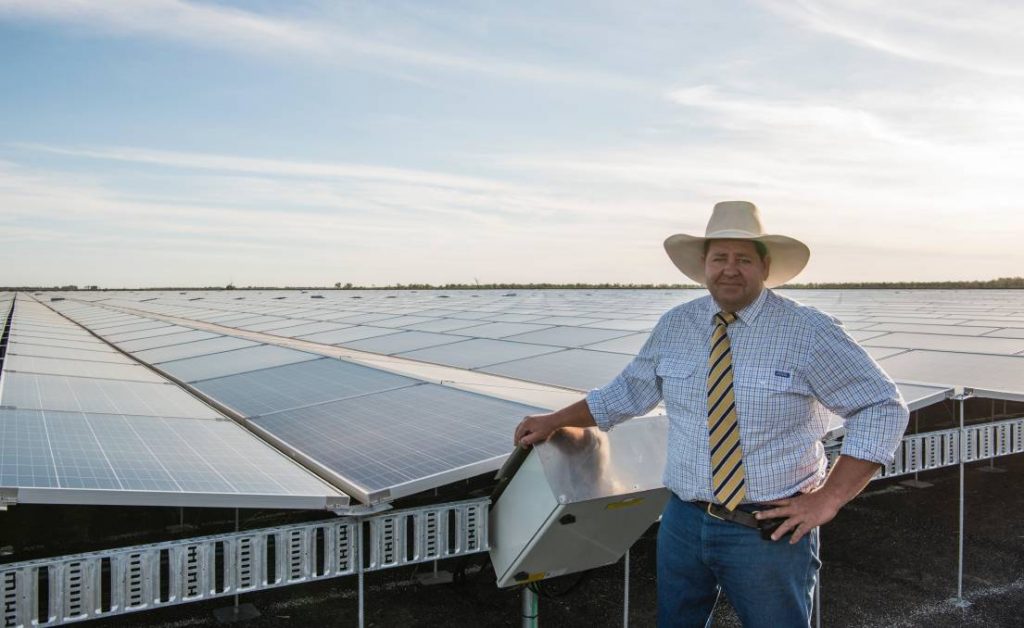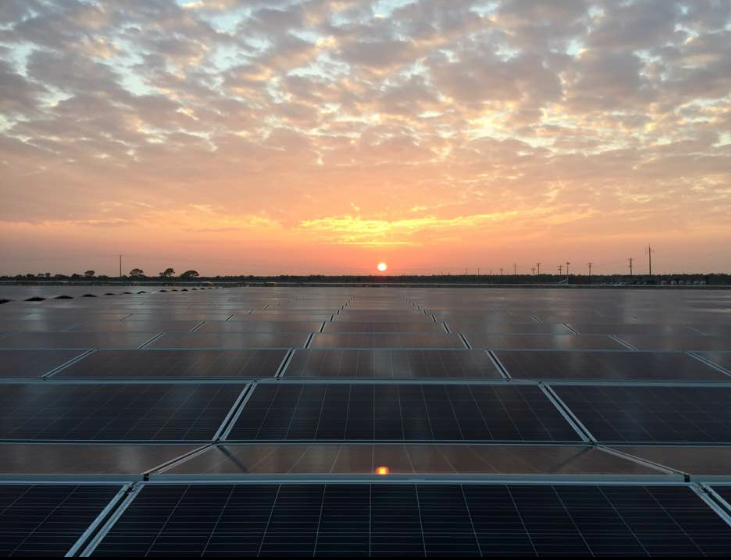“… we need to change the way we think about renewable energy opportunities. For too long, people have been duped into thinking the only opportunities in renewables lay in rooftop solar or wholesale electricity supply into the national grid.”
Peter Mailler.
Peter Mailler (brother of Meralli Director David) puts fingers to the keyboard and outlines the pivotal role renewables will play if regional centres are to grow and prosper once again …

Every regional centre in Australia is constantly looking for opportunities to stimulate and build its economies. It is essential work, because the genuine state and federal political focus remains where the population is greatest – in cities.
Regionals communities have necessarily learned to solve their own problems and success is driven from within. This independent local thinking is the key to arresting the relentless centralisation of the economy and subsequently the population.
One of the pillars of independence and resilience lies in diversification. It is vital that there are industries that are not exposed to the same risks. For example, many agricultural communities suffer a ubiquitous downturn in drought because all industries ultimately rely on agricultural performance. Even tourism is adversely affected when the landscape is unpleasant to look at.
For many regional communities, this means we need to embrace new ideas and technology to provide social and economic resilience.
It might surprise you to learn that one of the sectors that offer a genuine opportunity for regional resilience is the renewable energy sector. To see it, we need to change the way we think about renewable energy opportunities. For too long, people have been duped into thinking the only opportunities in renewables lay in rooftop solar or wholesale electricity supply into the national grid.
The national grid is a legacy of centralised coal-fired generation paradigms. We need to shake off those paradigms and develop a greater understanding of the potential.
While we have a national grid there is certainly an opportunity and a need to supply wholesale electricity to it, but renewable energy generation offers a much more flexible range of solutions to the energy needs of an emerging green economy. Make no mistake here, the economy is evolving in favour of renewable technologies.
The greatest opportunity for regional Australia lies in a decentralised electricity generation model that can supply wholesale electricity locally. Simply, renewable technologies can provide local electricity cheaper and more reliably than the national grid can. As a result, every regional centre in Australia has an emerging opportunity to supply local industry with electricity while improving service and supply to attract and/or retain enterprises that may otherwise look to larger centres.

Regional Australia should also be looking at renewable energy as an opportunity for vertical integration and value-adding of energy locally rather than limiting its potential to a flailing wholesale supply sector. If we consider renewable energy infrastructure as a foundation investment then new opportunities emerge for secondary industry and infrastructure investment and development.
One key transformational opportunity in renewables is already hiding in plain sight. In recent weeks there has been a number of high profile articles about hydrogen energy projects in Australia. Hydrogen will likely be a key component in the reimagining of the potential of renewable static power generation in our economy and it will precipitate unimagined opportunities for regional Australia, in terms of fuel security, energy affordability and energy exports.
Regional Australia has a once in a generation opportunity to seize and lead an economic recovery for the nation that will simultaneously underpin renewed prosperity in regional centres based on a decentralised power generation system that utilises much of that electricity where it is produced.



